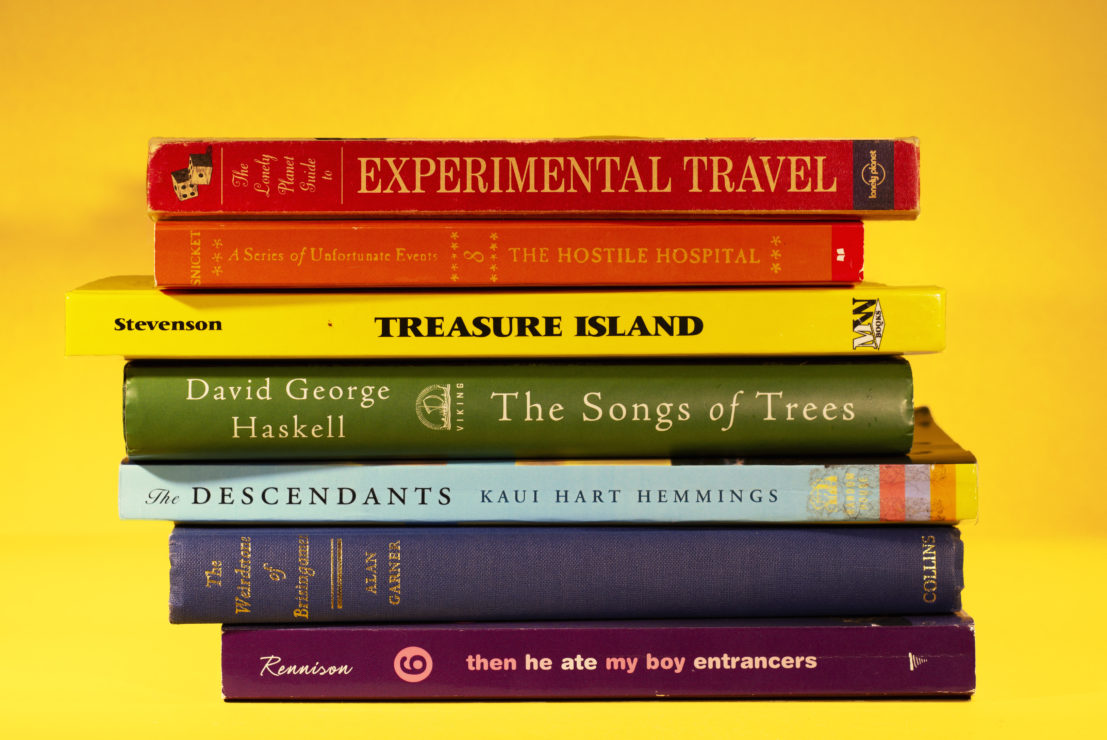This witty, steamy, compulsively readable love story has something for everybody

Casey McQuiston’s 2019 debut novel, Red, White, and Royal Blue, is a witty, steamy, and adorably fun romp through the relationship of Alex Claremont-Diaz, son of the president of the United States, and Prince Henry of Wales. When charismatic millennial genius Alex gets into a confrontation with his “Disney Prince” nemesis, Henry of Wales, at a royal wedding, the ensuing political whirlwind throws the two together in a storm of romantic intrigue.
One of the best things about this book is the sheer amount of representation within the cast. The collection of characters is diverse and true to the way that North America has become a melting pot of different lifestyles. The POTUS is a white woman, Alex is bisexual and Mexican-American, Henry is British and very gay, and there are many more diverse characters to round out the group. The beautiful part is the way in which McQuiston manages to represent this variety of people without any becoming too stereotypical or verging on caricatures.
With regards to the romance, where many gay and lesbian relationships are often portrayed as being salacious and based purely on sex, the romance between Alex and Henry is sincere, loving, and real. Though there are a handful of steamy sex scenes — meaning that this book is not YA, and is for a slightly more mature audience — the way their relationship develops is meaningful and based on personal connection.
Despite the wonderful array of characters and the marvelous romance, there are a few things about this story that are a bit too fluffy. There are some moments when, as in most narratives, there is a conflict between the main characters. Alex and Henry are a match made in heaven, but they do face friction from both inside and outside their relationship. Unfortunately, these conflicts last only a few pages before being completely resolved. This makes the conflict seem less important to the overall development of the plot. It might not have been so difficult to reconcile this issue if these conflicts hadn’t been during the mid-point, when tensions are meant to be at their highest. Instead, this problem does water down the flavour of the most important parts of the story.
Of course, the reader likely doesn’t want to see Alex and Henry’s love in jeopardy. However, the premise does involve conflict between their characters, and it would have been nice to see these conflicts affect them for more than just a couple of pages. That could have created a more satisfying emotional resolution for the reader. Instead, every time they had a problem, the reader knew it would be solved almost immediately. As a result, all tension was lost in favour of waiting for the next time they would get a moment alone to be cute and in love.
Additionally, this tendency to resolve conflicts too fast was carried throughout the entire narrative. All conflicts that arose were over in a matter of pages, and even the main conflicts between Henry and the royal family, Alex and his presidential mother, and how their families would react to their relationship were given resolution too easily. It was difficult to believe.
Yes, readers may still shed some tears during the final moments of the plot. No, this problem wasn’t so all-encompassing that it overshadowed the positive parts of the story. Still, it was distracting. The story would have been much more satisfying if it felt like the characters really fought to earn their resolution. Instead, everything was over with a bold speech and a hug and the characters were able to go on their merry way.
At the end of the day, this book served its purpose nicely. It was a beautiful piece of representational media. The main characters were full, well-rounded human beings with complicated emotions and interesting personalities. The love story was light and heart-warming, and the story had the kind of happy ending that everyone wishes for in their real life. Was it a realistic plot? Not really, but it probably wasn’t meant to be – it didn’t really need to be. Instead, it gave people the chance to read the kind of love story that is usually only reserved for binary relationships. This book was a compulsively readable piece of light fiction for those who are looking for more LGBTQ representation. I give it four out of five stars.








